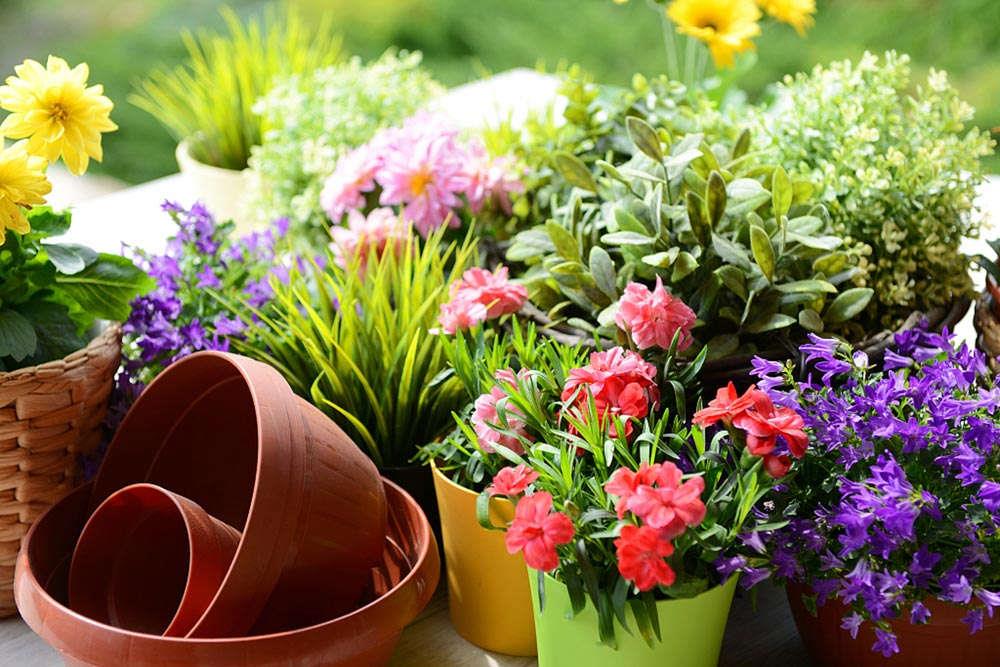How to raise large-flowered coreopsis
Last Update :2024.11.09
Article Catalog
Soil: Prefers fertile, moist and well-drained sandy loam, and can grow on soil with a pH value of 5 to 8 formed by weathering of slate, granite, sandstone, and limestone. Watering: Large-flowered Coreopsis is drought-tolerant and afraid of waterlogging. It should be drained in time after rain. Fertilizer: Apply nitrogen fertilizer 2 to 3 times during the growth period. When applying nitrogen fertilizer, use phosphorus and potassium fertilizers. Fertilization should be moderate and not excessive. Ventilation: Indoor breeding must pay attention to ventilation.

Breeding method
Cultivation methods
Soil
Coreopsis grandiflora has loose soil requirements and prefers fertile, moist and well-drained sandy loam. It thrives in slate, granite, sandstone, It can grow on soil with a pH value of 5 to 8 formed by weathering of limestone, and it grows best on soil with a pH value of 5 to 7 formed by weathering of granite.
Water and fertilizer management
Watering: Coreopsis grandiflora is drought tolerant and afraid of waterlogging, and should be drained in time after rain.
Fertilization: Apply nitrogen fertilizer 2 to 3 times during the growth period. When applying nitrogen fertilizer, use phosphorus and potassium fertilizers together. To make coreopsis bloom more, you can pick off the remaining flowers after flowering and apply fertilizer once from July to August. The flowers will be luxuriant during the National Day. Coreopsis will have lush foliage in fertile soil, but its flowering will be reduced. Therefore, in order to achieve good flower viewing effects, fertilization should be moderate and not excessive.
Ventilation treatment
What you need to pay attention to when raising large-flowered coreopsis at home is that indoor breeding must be well ventilated to make full use of the conversion of carbon dioxide and oxygen to allow the plants to breathe better. Function, good growth,
Propagation method
Large-flowered coreopsis has the function of self-sowing and propagating. For wild varieties, the seeds can fly with the wind and then reproduce successfully. Therefore, its propagation method is generally sowing.

Domestic care precautions
Pruning< /h3>
The plants of Coreopsis grandiflora are taller and need to be pruned to maintain the beauty of the plant shape. Pick the heart once when the plant height is 6cm, and pick the heart a second time when the branches are 10cm tall, and remove the willow buds in time.
Seed collection and preservation
Coreopsis grandiflora is suitable for sowing and propagation, and seed collection and preservation are very important. Between August and October every year, cut off the inflorescences with most of the mature fruits, dry them in the sun, remove impurities, select the seeds, place them in a dry and cool place, and package them in moisture-proof paper bags. Store the seeds in a dry, dark, well-ventilated place with an ambient temperature of 10 to 15°C. A good germination rate will still be maintained after 1 to 2 years of storage.
Common pests and diseases
Common pests of Coreopsis grandiflora: aphids, cutworms, and grubs. You can spray it with omethoate once every ten days.
Common diseases of large-flowered coreopsis: powdery mildew and black spot. Dimethoate cream can be used for prevention and treatment.

Domestic care precautions
- END -
How many months do figs mature? How to store figs?

Figs generally mature in summer and autumn, specifically between mid-June and Nove...
I have three potted flowers at home. Not only are they beautiful and long-lasting, but they also bri

If you are growing flowers now and only focus on whether the plants look good or n...